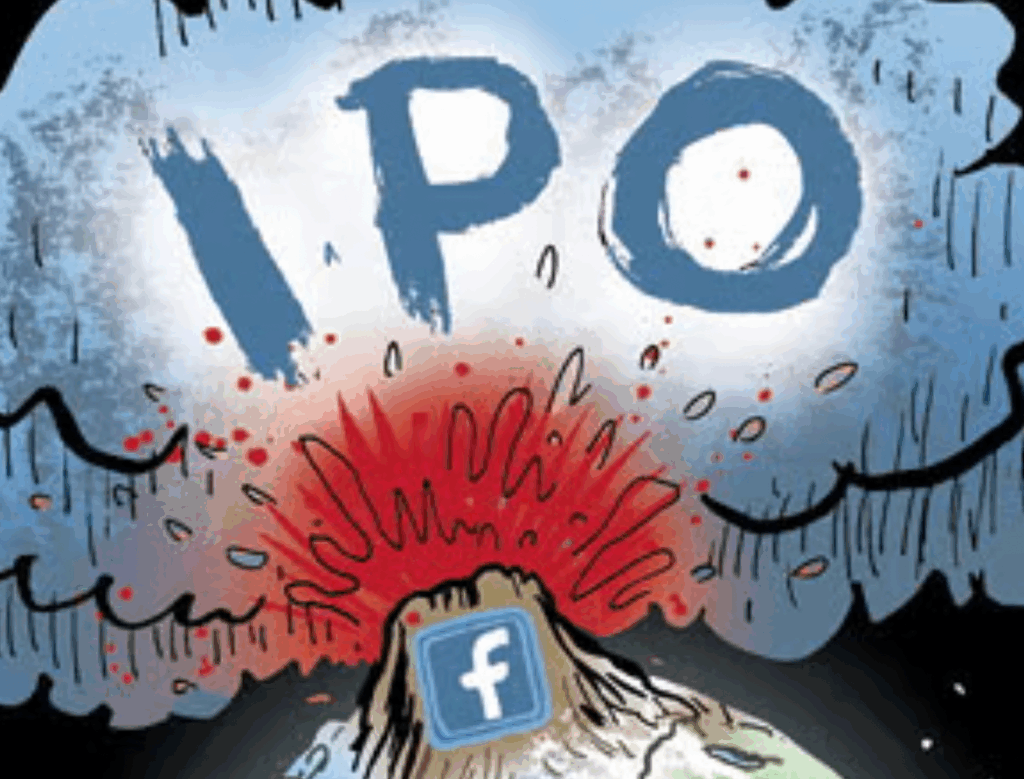Most of us know that not all online advertising is created equal. This includes desktop publishing, in which there’s a fine line between doing it ethically and doing it unethically. On one side, you have your respectable adware companies, who adhere to industry standards and everyday deliver relevant offers, coupons, and information to millions upon millions of consumer desktops. The other side, the darker side that doesn’t follow the industry’s best practices, brings something a little more intrusive and devious to the table. These desktop publishers weasel their way onto the desktops of unsuspecting consumers and engage in inappropriate business practices, including hijacking a user’s web browser, automatically redirecting consumers to landing pages, and even bombarding him or her with untargeted and excessive pop-up advertisements.
While figuring out which desktop publishers are “good” and which are “evil” can be quite daunting, it always helps to at least be familiar with the lingo used in the space. Let’s start with two basic, but often misconstrued terms: Adware and Spyware.
Adware
Adware is advertising that is integrated into a software application, which displays advertisements by either the program being run or by some other triggering mechanism. Typically, adware is downloaded as part of a software bundle that comes with a host application that’s provided at no charge, as long as the user consents to accept the adware.
Background Info
Advertisements generated by adware are deployed on consumer desktops in multiple formats, including pop-ups, pop-unders, shapers, sliders and text-based links. They produce streams of revenue for software developers, which allows them to profit from their “free” software programs, at the very least to cover the development and distribution costs of their work. For instance, many free file-sharing software programs are bundled with revenue-generating adware, which enables their developers to recoup the costs associated with providing such a coveted “free” service to the user.
The most respectable adware companies adhere to certain standards of consumer notice and consent during the software installation process. They also make certain that their adware operates in a suitable manner that doesn’t go against the consumer’s expectations based on the notice and consent. Additionally, respectable adware companies make uninstalling their software a clear-cut, unambiguous process for the consumer.
Unfortunately, there are adware companies out there that don’t necessarily play by the rules and infringe upon the rights of consumers. These adware companies utilize an endless array of detestable techniques, such as installation even after the consumer has declined the offer, hidden downloads in software bundles, hijacking web browsers, complicated uninstall procedures, drive-by downloads without consumer notice and consent. Such adware companies fail to protect the right of the consumer, eagerly fixated on making that extra buck.
Adware remains a contentious issue under growing scrutiny, not only because of the industry’s few bad apples, but also because it often takes the form of spyware (explained in more detail below) and in more extreme cases, malware, which may impede the functioning of other software applications, in order to divert users to a particular web site or advertisement. There are also adware programs out there, referred to as “adware torpedoes” that when installed take out all the other adware programs on your computer, with or without the consumer’s consent, as to be the sole adware program on his or her desktop. Many people mix up "adware" with "spyware" and "malware", which is justified considering these concepts overlap. For instance, if a father installs "adware" on his computer and then consents to a tracking feature, the "adware" may become "spyware" when his son, who uses the same computer, is tracked by the "adware" without his consent.
If the user has not expected or approved of the transfer of his or her browser habits or personal information, there are very few, if any adware programs besides spyware that will undetectably collect and upload such private information. However, there are adware companies engaged in this type of practice that remain adamant that their application does not classify as spyware, due to the disclosure of their program’s activities. For instance, a software vendor may indicate that since somewhere in the fine print of a EULA (End User License Agreement) or product’s Terms of Use, there exists a clause that third-party software will be included, which may collect and report on the user’s activity.
There are numerous software applications available to consumers that search, modify, and delete adware programs that have found their way onto consumer desktops. For purposes of avoiding a backlash, adware companies and the software developers who bundle adware with their products, must seek to strike the right balance between their revenue-generating efforts and the consumer’s right to be left alone.
Spyware
Spyware is a software program that assists an unauthorized third party, such as an ad-serving company, in gathering and relaying information about a user without his or her knowledge and consent. With such data on hand, the ad-serving company in turn targets the user with advertisements based on his or her documented interests, or re-sells the data to another interested party, who may utilize the data in a similar manner for commercial gain.
Background Info
Spyware may come bundled with freeware or shareware, through peer-to-peer downloads, or arrive attached to or embedded in e-mail or instant messenger communications. Once on your system, spyware stealthily installs itself and goes to work. This typically results in significantly slower system performance, coupled with an increase in unsolicited pop-up advertising and loss of consumer control. Spyware can also monitor surfing and spending activity for marketing purposes and route HTTP requests to advertising sites. At their most malicious, spyware programs snowball into identity theft of personal and financial information (i.e. credit card numbers), online profiling, theft of intellectual and other property and data corruption. Not all spyware is “evil” however. For instance, spyware may have another purpose outside of commercial gain, for instance it may be used to verify compliance with a software license agreement (EULA) or Terms of Use.
For the average user, removing spyware presents a major challenge for several reasons. First, since spyware is a software program and not a computer virus, most anti-virus software packages are incapable of detecting and offering protection. Recently, many major anti-virus firms such as Symantec, McAfee and Sophos have added anti-spyware features to their existing anti-virus products to make up for this shortcoming. Second, the majority of spyware programs out there bundle themselves with legitimate downloads, thus allowing the spyware to easily penetrate most firewalls. Lastly, most spyware installations interweave the spyware with files vital to system operation, thus making removal complex and risky by a system-cleaning tool.
Spyware has prompted an outcry from several computer security and privacy advocates, including the Electronic Privacy Information Center. While gaining unauthorized access to a computer remains illegal in the U.S., under such computer crime laws like the United States Computer Fraud and Abuse Act, few prosecutions of writers of spyware have occurred, and many such producers operate openly as aboveboard businesses. Some jurisdictions, for instance the state of Washington, have passed laws criminalizing any form of spyware. The Washington law makes it illegal for anyone besides the owner or operator of a computer to install software that modifies Web-browser settings, monitors keystrokes, or disables computer security software. In a suit brought in 2005 by New York Attorney General Eliot Spitzer, a California based firm, Intermix Media, Inc., settled out of court by paying $7.5 million and putting an end to its spyware distribution.
To combat spyware, many programmers and commercial firms have released products designed to remove or block spyware. Not only have major anti-virus firms upgraded their products to include anti-spyware features, but programs such as Lavasoft’s Ad-Aware and Patrick Kolla’s Spybot – Search & Destroy have emerged in popularity as effective tools to remove, and in some cases intercept, spyware programs. More recently, Microsoft came out with its own spyware defense program, fittingly branded as Microsoft AntiSpyware.
References:
http://www.microsoft.com/security/glossary.mspx
http://en.wikipedia.org/wiki/Adware
http://www.whenu.com/pc_adware_spyware.html
http://en.wikipedia.org/wiki/Spyware



